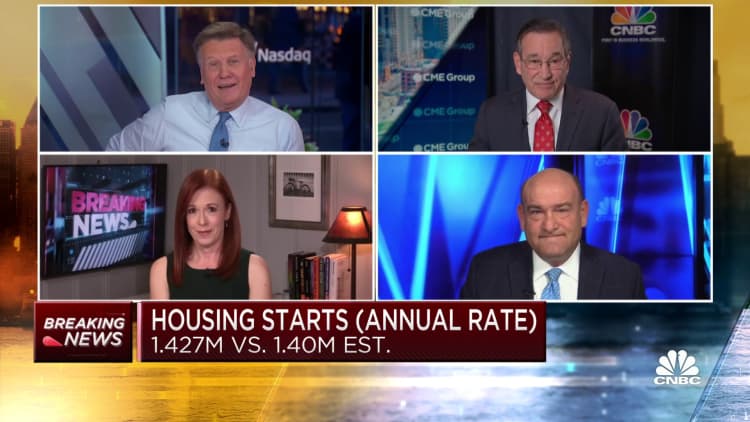A ‘For Rent’ sign in front of a building on December 06, 2022 in Miami Beach, Florida.
Joe Raedle | Getty Images
Rents for both single-family homes and apartments are still rising, but at a far slower pace, as inflation squeezes consumers and landlords lose pricing power.
Rent growth in November slowed for the tenth straight month, with rents up just 3.4% compared with November 2021, according to Realtor.com. That is the smallest gain in 19 months.
In the 50 largest metropolitan markets, the median asking rent dropped to $1,712, down by $22 from October and down $69 from July’s peak.
“Many Americans’ budgets are being pulled in multiple directions as the holidays approach, bringing a more typical seasonal cooldown to the rental market that we hadn’t seen in the last few years,” Danielle Hale, chief economist for Realtor.com, said in a release. “Despite this recent relief, renters will continue to be challenged by affordability in 2023, with rents forecasted to hit more record highs.”

Rent relief varies from market to market. Rents in the Sun Belt rose by just 0.9% year-over-year, as cities like Jacksonville, Florida, and Austin, Texas, saw annual declines in rents for the first time in nearly two years.
Meanwhile, Midwestern markets are becoming less affordable, with rents rising nearly 10% and 9% in Indianapolis and Kansas City, respectively.
While the Realtor.com report looks at all rents, another report focusing just on single-family rents in October shows a similar picture.
CoreLogic reports that single-family rents slowed to 8.8% growth compared with October 2021, the lowest rate of appreciation in over a year. That is, however, still three times the pre-pandemic rate. Rents usually slow down in the fall, but this year was slower than normal.
Rents for single-family homes are rising faster than apartments because the supply of the former is much lower than the latter. In addition, there was considerably more demand for single-family homes in the suburbs during the first years of the pandemic, and the majority of those renters haven’t moved.
Demand is still strong in the Sun Belt. Single-family rents in Miami and Orlando ranked the highest, up 16% and 15.5%, respectively, from the year before.
Impact on construction
“I have been hearing anecdotal stories of multifamily projects getting canceled because the numbers no longer work with the still elevated cost of construction, the sharp rise in funding rates and the slowing pace of rent growth,” said Peter Boockvar, chief investment officer at Bleakley Financial Group.
All of those factors, in addition to a high level of current construction, are pointing to an even sharper slowdown next year. There were 932,000 multifamily units under construction in November, the highest number since December 1973, according to Robert Dietz, chief economist for the National Association of Home Builders.
“We are forecasting declines for apartment construction in 2023 due to the large amount of supply in the construction pipeline, as well as tightening commercial real estate finance conditions,” Dietz wrote, following the release of the November home construction report.
 EU News Digest Latest News & Updates
EU News Digest Latest News & Updates



